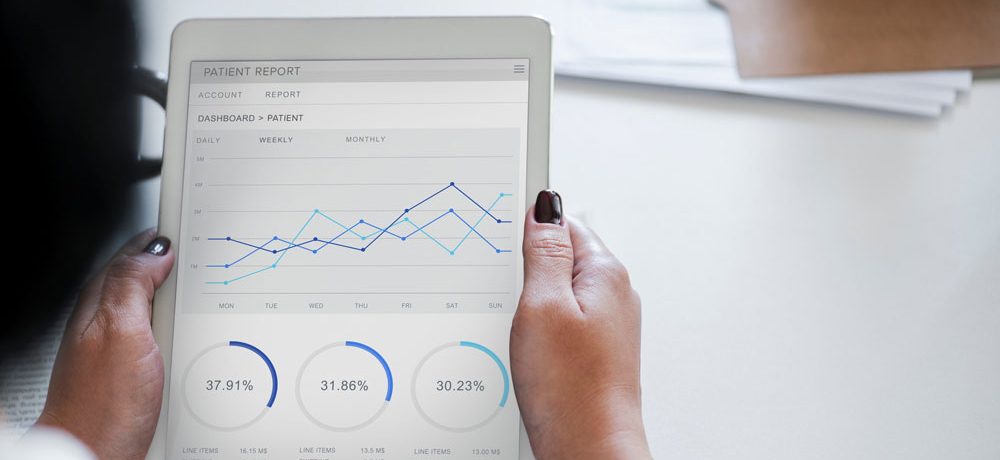[vc_row][vc_column][vc_column_text]The Internet of Things (IoT) is more often affiliated with entertainment and home security than it is with medicine. Yet, with a predicted $1.2 trillion to be funnelled into the development of IoT accessible devices and systems by 2022, there is potential for this digital interconnectivity to have a greater influence on the way people age.
Exploring the IoT and Care for the Elderly
A retirement home or care facility equipped with IoT smart hubs will not see all of its residents equipped with smartphones. Instead, the interconnected nature of automated devices will allow staff and residents alike to better track and treat the common health issues that arise as one ages through more all-encompassing and non-intrusive means.
Responsive Environments
The appeal of a smart home is its ability to respond to its owners needs and it’s an appeal that’s seen 66% of the UKs homes equipped with at least one smart device over the past several years. Retirement homes and care facilities have the same opportunity, for automation devices to promote the quality of life for their residents. Smart retirement homes will not only be able to better attend to residents individual health, but the environment itself will be made adjustable and more comfortable for those living and working there.
For example: a more responsive retirement home can collect resident data based on climate control, light usage and pacing patterns. Residents with Alzheimer’s can be better monitored if they pace through the evenings, and community refrigerators, if available, can update residents when food has expired. Useful programming in home automation systems can also benefit the lives of those less mobile about their home. An action as simple as closing a blind or walking to a light switch can be programmed for a certain time of day, or triggered remotely from a smart device such as an iPad.
Likewise, if a resident transfers from one home to another, their medical data can still be accessed by the professionals at their new facility thanks to the share-ability facilitated by the IoT.
Individualised Health Awareness
There will also be ample opportunity for patients to have daily data check-ups. By using technologies like today’s smartwatches, residential aids can monitor a patients heart rate, blood pressure, and other vital signs in order to maintain overall health and step in, should the signs start to waver from their norm. Apps like Howz are already being developed in order to allow for this kind of pattern assessment so that the children of older, at-home residents can keep up-to-date on their loved ones. With over 850,000 people predicted to show signs of dementia in the UK, these kinds of technologies can be a reassurance to a persons children and caretakers alike.
Data Trends
Howz and similar apps are also set to make daily collections of data in retirement homes simpler. By integrating these apps into a care-taking environment, retirement home aids will be able to monitor data trends that arise for individual patients. A long-term assessment of these data trends will ensure that caretakers can step in before a health emergency arises, improving the way retirees are cared for in the long-term. Healthcare facilities like Alcove in London are already on their way to ensuring that patients receive this individualised and modern care while also remaining as technology-literate as possible.
The IoT is set to change more than just the way homeowners live their lives. This interconnectivity will prove a boon to those growing older in the age of technology.[/vc_column_text][/vc_column][/vc_row]
